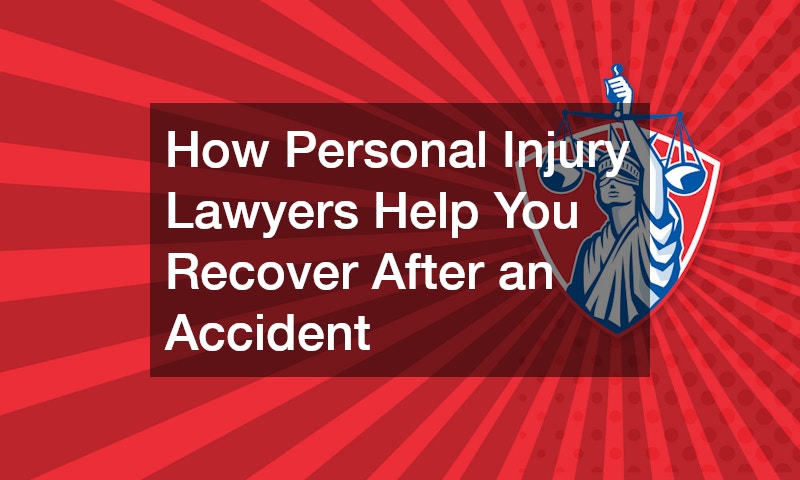
In 2016, the Coast Guard reported 4,463 accidents that involved 701 deaths, 2,903 injuries, and approximately $49 million dollars of property damage as a result of recreational boating accidents. That being said, it’s important for all boat owners to understand the correct safety procedures should they happen to get into any type of boating accident. This helps to prevent serious injury and boat damage. Here’s part one of our two-part boat owner’s guide to taking the right steps after a boat accident.
Safety First
First and foremost, ensuring the safety of everyone aboard is of the utmost importance. If you’re lucky, injuries may be minimal or maybe even nonexistent, but if you notice any injuries at all, it’s important to seek proper and professional medical treatment and documentation. Ideally, your boat should have an emergency first aid kit on board, but either way, it’s best to visit a doctor and seek a professional consultation. If needed, don’t hesitate to call an ambulance to the shore.
Contact Proper Authorities
Once all injuries have been addressed, it’s time to move on to contacting the correct authorities. This is true even if there aren’t any injuries sustained, as all boating accidents must be reported by law. In most cases, you’ll contact the Coast Guard, where you can fill out the appropriate recreational boating accident paperwork. This paperwork should be submitted by both boat owners that are involved in the accident. Filling out the paperwork as quickly and efficiently as possible help with the insurance claims process, but again, it’s also required by law.
Auto and motorcycle accidents account for more than 35% of new spinal cord injuries each year, but it’s important to know how to safely navigate through any type of vehicular or boating accident to minimize injury and boat damage. Keep an eye out for the next post, where we’ll discuss the next steps of dealing with a boat accident, which include seeking an experienced boat accident lawyer and/or property damage attorney.

